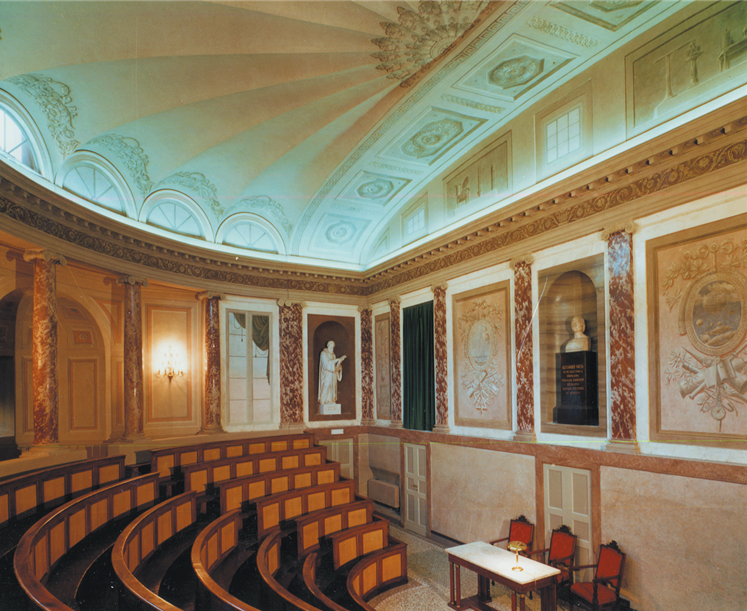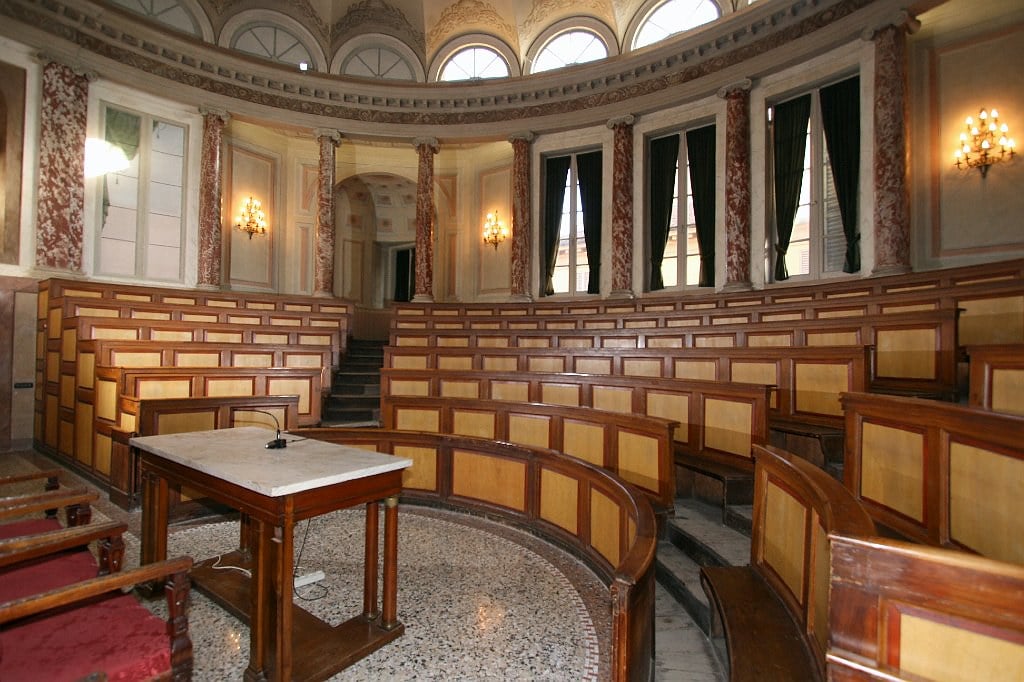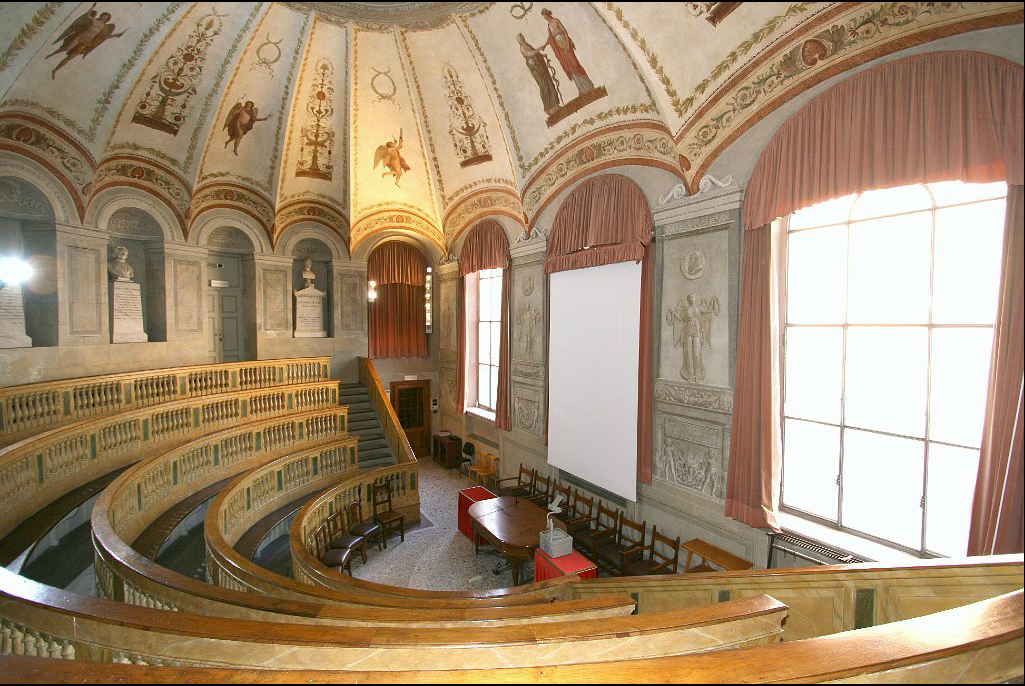The lessons will take place on the following days:
1st Module: Digital governance and Big Data
Digital governance frameworks, strategies and processes
Big Data for business decisions
Friday, 12 November 2021
- 02.00 p.m. – 03.00 p.m.: Introduzione all’International School in Digital Governance – Prof. Alessandro Venturi
- 03.00 p.m. – 06.00 p.m.: Machine Learning-Based Approach: Global Trends, Research Directions, and Regulatory Standpoints – Dr. Stefano Regondi – Dott. Raffaele Pugliese
- 06.00 p.m. – 08.00p.m.: Big data applicati per la gestione del rischio e lo sviluppo del mercato – Dr. Giulio Natale
Saturday, 13 November 2021
- 10.00 a.m. – 11.00 a.m.: Big Data is game changer for private sector– Dr. Fabrizio Renzi
- 11.00 a.m. – 12.00 p.m.: Big Data is game changer for private sector– Dr. Manfo Zagmo
- 12.00 p.m. – 1.00 p.m.: Big Data is game changer for private sector – Dr. Enrico Bagli
- 02.00 p.m.–05.00 p.m.: Assessment, analyse and apply data processing in highly complex business contexts – DPO Humanitas Dr. Simone Paolucci
2nd Module: Information Security and Digital Transformation
Cybersecurity and risk management
Digital Business Transformation: building a business or organizational data infrastructure
Friday, 19 November 2021
- 02.00 p.m. – 04.00 p.m.: Cybersecurity and risk management – Dr. Selene Giupponi
- 04.00 p.m. – 06.00p.m.: Building a data infrastructure – Dr. Giuliano Tavaroli
- 6:00 p.m. – 8:00 p.m.: Digital Forensics – Dr. Alessandro Rella
Saturday, 20 November 2021
- 10.00 a.m. – 12.00 p.m.: Data Protection e Regolamento UE 16/679 – Dr. Agostino Ghiglia – Collegio Autorità Garante della Protezione dei Dati Personali
- 02.00 p.m. – 06.00 p.m.: Data is the new Oil – Atty. Mauro Alovisio, Presidente CSIG Ivrea – Torino
3rd Module: AI, Machine Learning and Predictive Analysis
AI techniques and applications within companies and public administrations: organizational, technical and legal perspectives
Machine Learning and Predictive Analysis techniques: implementation methods
Friday, 26 November 2021
- 02.00 p.m. – 05.00 p.m.: Case studies by the Giannino Bassetti Foundation on comparative applications of artificial intelligence – Dr. Francesco Sarmonè
- 05.00 p.m. – 07.00 p.m.:AI techniques and applications within companies and public administrations – Pr. Silvia Figini, Dr. Chiara Bardelli
- 07.00 p.m. – 08.00 p.m.: Artificial intelligence: applications and implications – Pr. Pietro Previtali
Saturday, 27 November 2021
- 10.00 a.m. – 11.30 a.m.: The contours of Italian cyber security and its applications in the public context – Atty. Giovanna Boschetti
- 11.30 a.m – 1.00 p.m.: Digital Governance and Model “231” – Atty. Massimiliano Liss
- 02.00 p.m. – 05.00 p.m.: Artificial intelligence: law and security – Pr. Giovanni Ziccardi, Atty. Giuseppe Carlo Ricciardi
The participants who have followed at least 70% of the lessons will receive a certificate, after delivering a project work on one of the topics covered by the course.
Our classrooms


The holding of lectures open to the public, in which the theory was accompanied by experiments (the most interesting) was explicitly provided for in the renewal plan of the University wanted by Maria Theresa. To welcome the large audience that attended the lessons of Volta, Joseph II, in 1785 ordered the construction of a new classroom for Physics to be located on the east side of the Theological Portico. The works were entrusted to the architect Leopoldo Pollack, who completed them in 1787. The classroom repeats the scheme of palladio’s Teatro Olimpico in Vicenza, with which it presents both structural and decorative similarities. The motif of the niches with statues also constitutes a clear quotation from Palladio. Having damaged the original flat ceiling, the architect Marchesi replaced it, after 1828, with the current shell roof.
Behind the chair is the bust of Volta, the work of the sculptor Giuseppe Comolli (XIX century). on the pedestal is engraved the epigraph dictated by abbot Pietro Configliacchi. On the wall above the sculpture are depicted the most important scientific instruments invented by Volta. In particular, on the left side, you can see an electrophore, a flammable gas gun, a eudiometer and an apparatus for measuring the isobaric expansion of gases; on the right side, instead, a presentation of some experiments with frogs and a battery connected with a capacitor electroscope.


Since the 16th century, the university had an anatomical theater, however, with the arrival of Antonio Scarpa in 1783, who wanted to transform the Pavia anatomical school into one of the best in Europe, it became necessary to create a new theater, more suited to the new approaches to research and teaching.
The project of the anatomical theater was initially entrusted to Giuseppe Piermarini, but the proposed elaborate did not like the emperor Joseph II, who financed the work, nor the professors of the university and therefore Leopoldo Pollack was commissioned, who took advantage of the consultancy by Antonio Scarpa, to prepare a new project that was to resemble, according to the indications of Chancellor Wenzel Anton von Kaunitz-Rietberg, the anatomical theater recently built in the Military Surgical School of Vienna, directed by Giovanni Alessandro Brambilla from Pavia.
Work began in 1785 and the hall was finished in 1786. Currently the hall is used for conferences and congresses.
